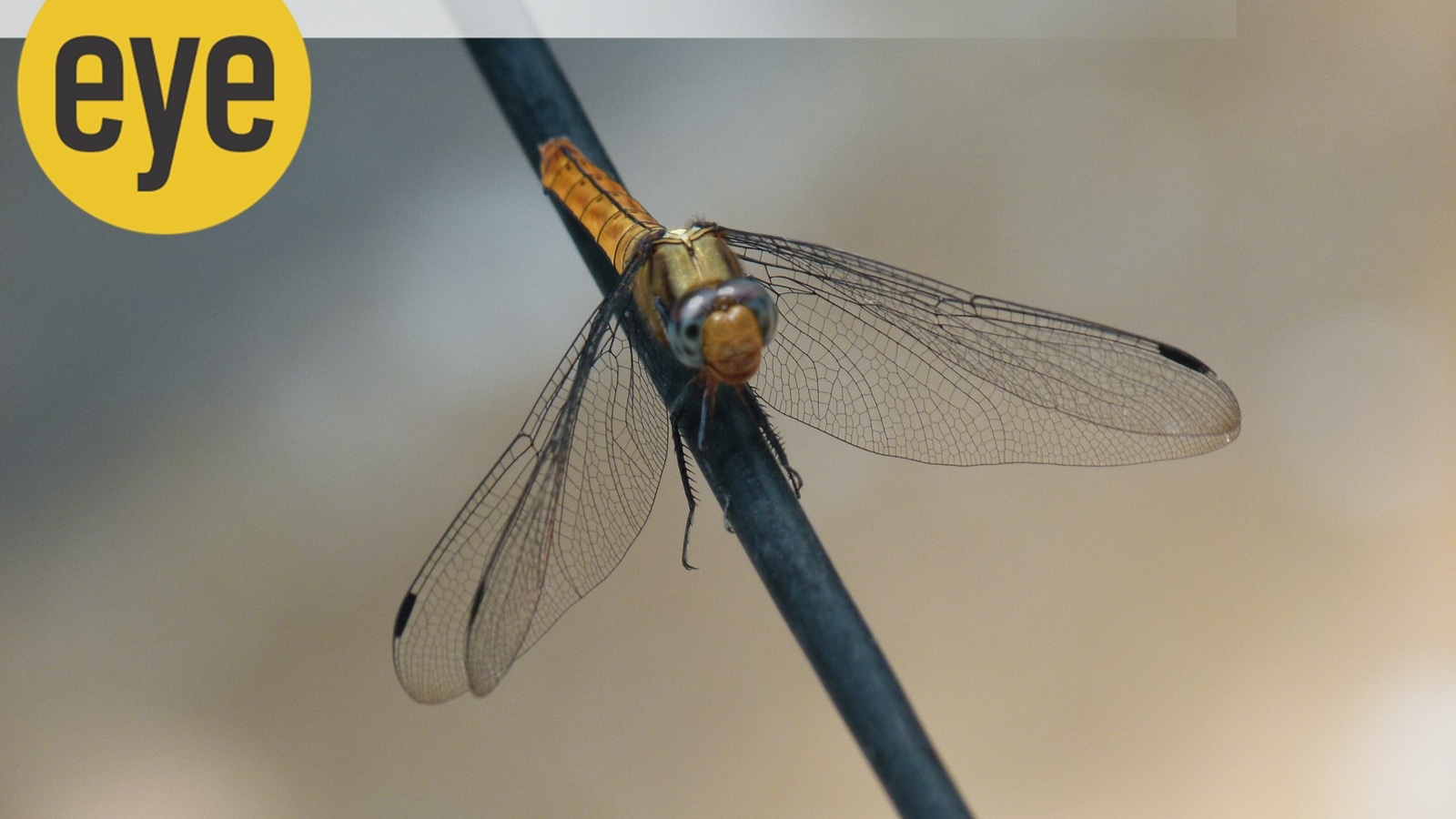The Dark Secrets of Dragonflies: Nature’s Deadly Masters Revealed!

Did you know that dragonflies, often admired for their stunning beauty, spend up to 90% of their lives lurking at the bottom of murky ponds, looking like aquatic ghouls? Fascinating, isn’t it? These incredible insects not only capture our imagination with their iridescent wings and captivating flight, but their astonishing predatory skills are a marvel of evolution.
For most of their lives, dragonflies exist in the nymph stage, hidden beneath the water’s surface. Here, they don’t just swim; they’re relentless hunters. Equipped with a bizarrely engineered lower lip known as the labium, dragonfly nymphs can launch it with lightning speed to snatch unsuspecting prey like tadpoles or tiny fish. Imagine a slingshot that can shoot a projectile faster than the blink of an eye—this is nature's version, and it’s terrifyingly efficient.
The labium operates somewhat like a catapult, with muscles storing energy before releasing it to shoot out and grab a meal. This mechanism has been compared to childhood inventions like rubber band catapults fashioned from matchboxes—except, of course, this one is biologically engineered to perfection!
But there’s more to these nymphs than just hunting prowess. Their bodies are marvels of natural engineering; they even breathe through their rectums! Known as rectal ventilation, this peculiar process involves sucking in water through their rear end, which then passes over gills to extract oxygen. And if they need to escape quickly? They can jet propel themselves away by expelling water with a controlled release, much like a tiny underwater rocket.
One of the most bizarre aspects of a dragonfly nymph’s hunting technique is the unexpected flatulence that occurs when they capture prey. This act is believed to counterbalance the recoil from their swift movements—a humorous yet fascinating twist in their predatory arsenal.
As if their life cycle wasn’t already incredible, dragonfly nymphs undergo up to 15 molts before reaching adulthood, a process known as incomplete metamorphosis. Unlike butterflies, which undergo a complete transformation through distinct stages, dragonflies continuously develop, gradually shaping their wings as they prepare to emerge into the world above the water. When they finally shed their nymph skin, it’s a breathtaking event—transforming from a creature that looks like it belongs in a horror movie to a vibrant adult capable of dazzling flight.
Interestingly, dragonflies once ruled the skies millions of years ago, boasting wingspans of nearly two feet. Picture that! The thought of such gigantic versions of their nymphs is enough to send chills down anyone’s spine.
Just this morning, while enjoying a cup of tea, a small orange dragonfly landed on my toe. I couldn’t help but wonder about its mysterious early life spent in darkness beneath the pond's surface and felt a sense of relief that it was no longer that terrifying size it once might have been!

























